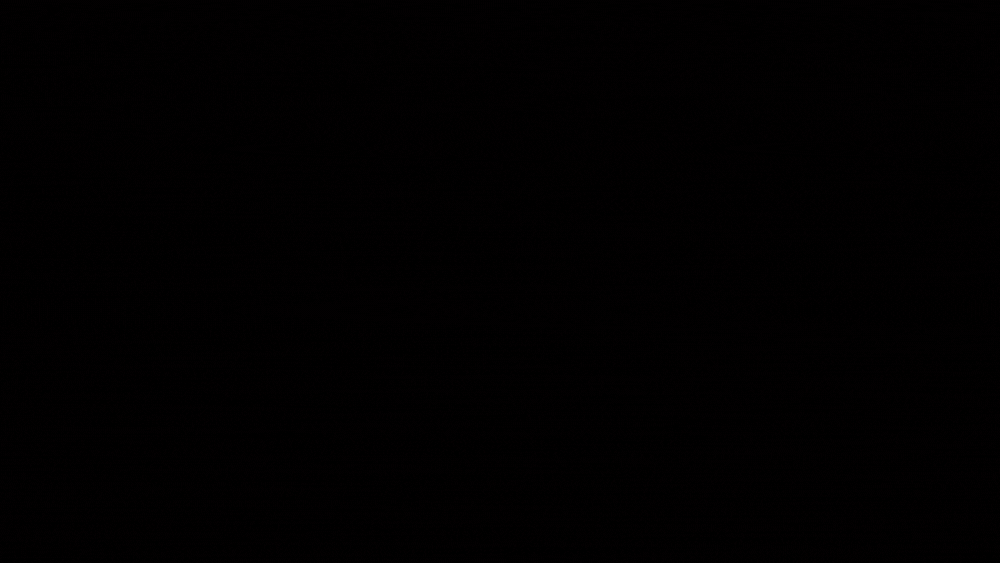Identifying Exoplanets with Deep Learning III: Automated Triage and Vetting of TESS Candidates
NASA's Transiting Exoplanet Survey Satellite (TESS) presents us with an unprecedented volume of space-based photometric observations that must be analyzed in an efficient and unbiased manner. With at least $\sim1,000,000$ new light curves generated every month from full frame images alone, automated planet candidate identification has become an attractive alternative to human vetting. Here we present a deep learning model capable of performing triage and vetting on TESS candidates. Our model is modified from an existing neural network designed to automatically classify Kepler candidates, and is the first neural network to be trained and tested on real TESS data. In triage mode, our model can distinguish transit-like signals (planet candidates and eclipsing binaries) from stellar variability and instrumental noise with an average precision of 97.5% and an accuracy of 97.2%. In vetting mode, the model is trained to identify only planet candidates with the help of newly added scientific domain knowledge, and achieves an average precision of 69.3% and an accuracy of 97.7%. We apply our model on new data from Sector 6, and present 335 new signals that received the highest scores in triage and vetting and were also identified as planet candidates by human vetters. We also provide a homogeneously classified set of TESS candidates suitable for future training.
PDF Abstract